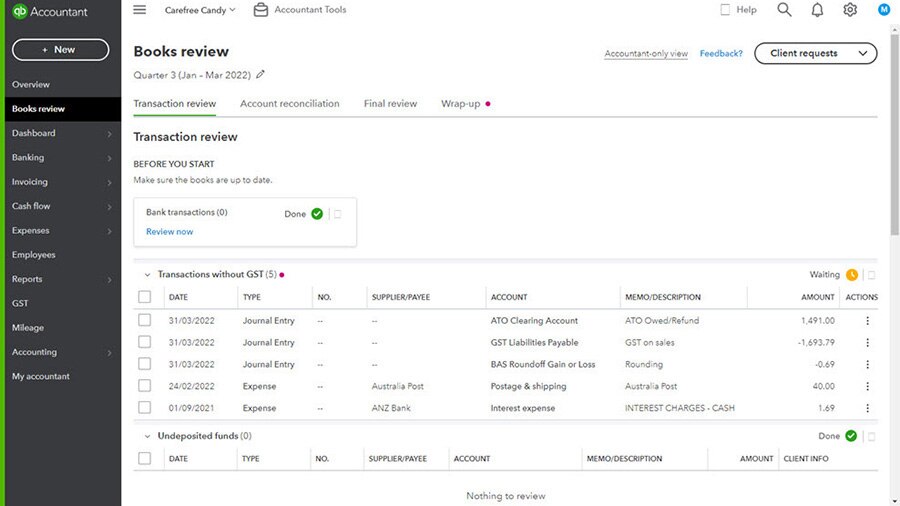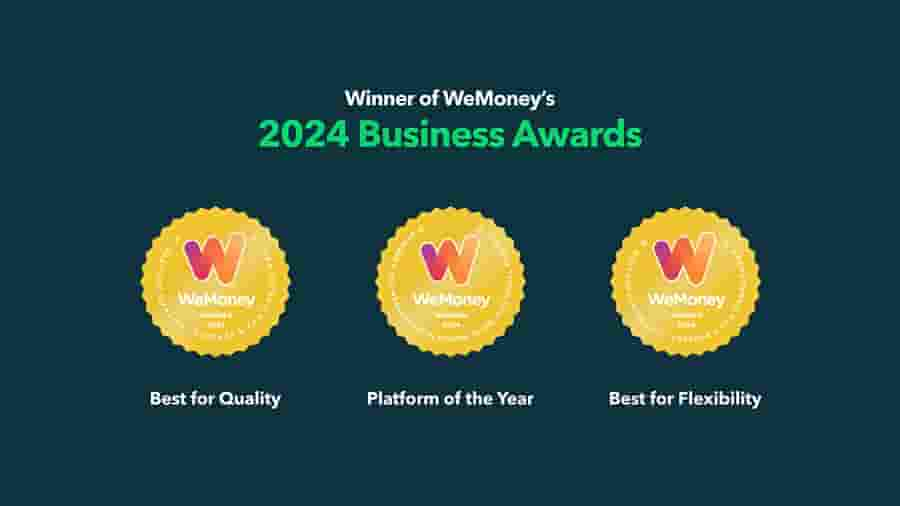
Open Banking: the Next Generation of Bank Feeds for QuickBooks is here
Intuit QuickBooks has commenced rolling out the next generation of bank feeds, bringing the power of Open Banking directly to your QuickBooks account. This isn't just an update—it's a game-changer designed to make your financial management faster, more secure, and more insightful than ever before.
What is Open Banking?
At its heart, Open Banking is a government-led initiative that puts you in control of your financial data. Launched in Australia on 1 July 2020 as part of the broader Consumer Data Right (CDR), it allows you to direct your bank to securely share your financial information with accredited data recipients, like Intuit Australia Pty Limited, the provider of QuickBooks. Think of it as unlocking access to your financial data so it can be used to benefit your business.
Currently, setting up bank feeds in QuickBooks can involve manual processes and delays. Daily transactions might appear 24 hours later, and for some banks, the initial setup can take weeks. Open Banking completely transforms this.
Here's the magic Open Banking will bring:
- Instant data transfer: Your banking data appears in QuickBooks in real-time. This means your QuickBooks account always reflects your most up-to-date financial position, giving you a truly real-time view of your business' health.
- Significant time savings: With fast set up and a direct connection to your bank, you'll experience no more duplicate or missing transactions, freeing up valuable time.
- Improved cash flow management: All your finances in one place and up-to-date means simplified cash flow management, enabling highly accurate future forecasting.
- Enhanced decision making: The immediate availability of comprehensive and accurate data generates deeper insights, empowering you to make better, more informed business decisions.
- Enhanced security you control: Open Banking prioritises security. Accredited data recipients must pass stringent information security standards, which are audited by independent third parties to be able to receive and store your data. Your data is shared using the latest technology without you ever needing to handover sensitive passwords or login details.
- Freedom to share your data with other service providers: As a business consumer with an ABN, you can direct Intuit to securely share your data with other service providers to your business.
- More banks available: Open Banking makes it possible for more banks to connect to QuickBooks, enabling you to have all your financial data streaming into QuickBooks.
How does Open Banking work?
Open Banking uses technology called application programming interfaces (APIs) to securely transfer your account data from your bank to accredited data recipients, like Intuit Australia. Think of APIs as secure, impenetrable tunnels between Intuit and your financial institution which facilitate the high-speed flow of data. After giving Intuit your consent in a simple online process, it’s all done electronically and automatically. You can learn how Open Banking works here.
How secure is Open Banking?
Security is paramount. With Open Banking, you authorise your bank to transfer your data directly to trusted and accredited providers like Intuit QuickBooks, without ever having to share your banking passwords. You simply log in to your bank's portal to grant consent to share your data with Intuit QuickBooks and for Intuit QuickBooks to collect your data. You are always in control and can easily check or withdraw your permissions at any time from your consent dashboard within your QuickBooks account.
Accredited to deliver Open Banking
Intuit Australia is currently the only cloud accounting software provider granted authorisation by the ACCC (ADRBNK000013) as an Accredited Data Recipient (ADR) at the unrestricted level. This means you can be confident that QuickBooks meets the highest standards of security and compliance under the Consumer Data Right.
Getting ready for Open Banking bank feeds
Connecting an Open Banking bank feed to QuickBooks takes just minutes, and the connection lasts for 365 days before needing a quick re-authorisation. This ensures an uninterrupted flow of accurate, reliable data in real-time.
When it comes time to connecting an Open Banking bank feed in QuickBooks, you'll need to:
- Your Australian Business Number (ABN): This is to validate you’re a registered Australian business.
- To nominate a representative for any non-individual bank accounts: For entities like partnership, company or trust bank accounts, if you haven’t already, you’ll need to nominate a representative to share the data for Open Banking purposes specifically. This is not to be confused with an Authority to Operate a bank account, which you may already have set up. The easiest way to check if you need to nominate a representative for Open Banking for any of your accounts is to head to the CDR Ready website and follow the prompts.
Why isn’t my account appearing?
Any bank accounts still requiring a nominated representative to be appointed for Open Banking will not appear during the Open Banking consent and set up process. If you can’t see your account, please contact your bank to set up yourself as a nominated representative.
When can you upgrade your bank feed to Open Banking?
Open Banking for QuickBooks customers has commenced rolling out, starting with the "big four" banks, commencing with CBA, followed by NAB, Westpac and ANZ. This will be followed by other popular banks and credit unions. We will invite you to upgrade your bank feeds as each bank goes live.
This is just the beginning of a powerful new era for financial management using QuickBooks. We'll keep you updated as we roll out Open Banking to ensure you can take full advantage of these next-gen bank feeds for your business.
In the meantime, you can find more information in our FAQs.
Frequently Asked Questions
Related Articles
Looking for something else?

TAKE A NO-COMMITMENT TEST DRIVE
Your free 30-day trial awaits
Our customers save an average of 9 hours per week with QuickBooks invoicing*
By entering your email, you are agree to our Terms and acknowledge our Privacy Statement.

















